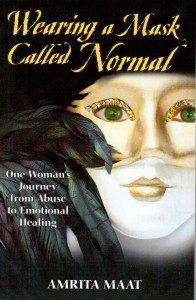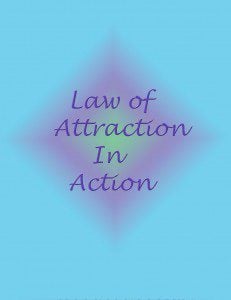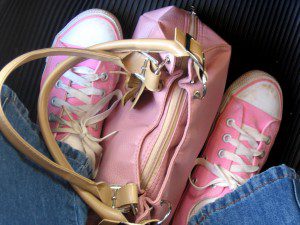 Sadly, there are many victims of abuse. And even if it stops, they’re is still victims unless they find a way to heal, which can be hard. Many of my clients who come to me for help in learning to love themselves or to feel empowered are unable to do it because of their memories of abuse. It’s hard to love yourself if the pan is still there. As Self-Love Month approaches, bringing with it a new year, it’s important to heal old wounds. Amrita Maat is my guest today. She’s a nurse, child abuse survivor, and author of the inspirational new book, Wearing a Mask Called Normal.
Sadly, there are many victims of abuse. And even if it stops, they’re is still victims unless they find a way to heal, which can be hard. Many of my clients who come to me for help in learning to love themselves or to feel empowered are unable to do it because of their memories of abuse. It’s hard to love yourself if the pan is still there. As Self-Love Month approaches, bringing with it a new year, it’s important to heal old wounds. Amrita Maat is my guest today. She’s a nurse, child abuse survivor, and author of the inspirational new book, Wearing a Mask Called Normal.
Amrita reached the turning point in life when she was injured while trying to avoid the advances of a physician who had sexually harassed her for years. For the first time, she stood up to an abuser by taking the man to court. But she had waited too long under the statutes, so she did not get her day of justice. Because of the nature of her memoir, Amrita Maat is a pseudonym. Today she explains why forgiveness is the foundation of healing.
For Victims of Abuse, Forgiveness is the Foundation of Healing
6 Steps for Releasing Pain, Forgiving Yourself and Others
By Amrita Maat
From child abuse and domestic violence to human sex trafficking and atrocities against civilians in war-torn countries, our world creates new victims daily. Broken bones and bruises heal, but for many victims, the emotional damage is lifelong and life altering. Experiencing abuse can affect how you feel about yourself and how you respond to other people. These effects might be easy to see if you’re observing them in someone else, but they can be nearly impossible to recognize in yourself without help.
The emotional and physical abuse I grew up with set the stage for me to become a perpetual victim as an adult. The choices I made and my interactions with others were often unwittingly self-destructive.
Lifestyle changes that involve healthy choices include eliminating dysfunctional patterns, such as manipulation and abusive behavior – the things children of abusive parents learn from their role models. A healthy lifestyle comes first through recognizing unhealthy behaviors and then laying the groundwork for positive change.
For me, that groundwork began with forgiveness.
You have to forgive yourself and you have to forgive those who’ve hurt you. When you’re a victim, you’re often angry – because you have every right to be angry. But anger, focusing on blame and thinking of yourself as a victim only perpetuates the dysfunction and the pain it brings.
So, how does one begin to forgive oneself and others? These are the steps I put together, which helped me learn how to identify what would move me forward on a healing path. I started by creating a list of the people and circumstances I needed to forgive and systematically worked through the process:
1. Identify the people who have caused you pain and why you feel that pain. This validates your pain; it was real and deserves to be acknowledged.
2. Identify the pain you feel from others and consciously release it to the universe in a personal ritual that has meaning for you. You might write it down on a piece of paper and burn it. Or speak the words out loud and blow them away.
3. Allow yourself to forgive those who have caused you pain as a means to your physical, emotional and spiritual healing.
4. Identify the people you have caused pain and recognize why you caused them pain. It’s important to acknowledge that you, too, are capable of causing pain in order to forgive yourself and those you’ve hurt.
5. Identify the pain you have caused others with your actions.
6. Allow yourself forgiveness for the pain you have caused others as a means to your physical, emotional and spiritual healing.
While forgiving others for hurt caused intentionally is difficult, the hardest is forgiving yourself for pain you caused. But this is vital; in order to forgive others and to open yourself to positive energy, you must forgive yourself.
From every hurtful moment, I learned something, and part of my process is to acknowledge each lesson and to be grateful for it. Forgiveness was possible when I released the hurt because it no longer served a purpose.
***************
Join the Self-Love Movement™! Take the 31 Days of Self-Love Commitment—“I commit to do my best to do something loving for myself, however big or small, for the first 31 days of 2014.” and get my book, How Do I Love Me? Let Me Count the Ways for free at http://howdoiloveme.com. Read my 2013 31 Days of Self-Love Posts HERE. Join the Self-Love Movement™! on Facebook.

